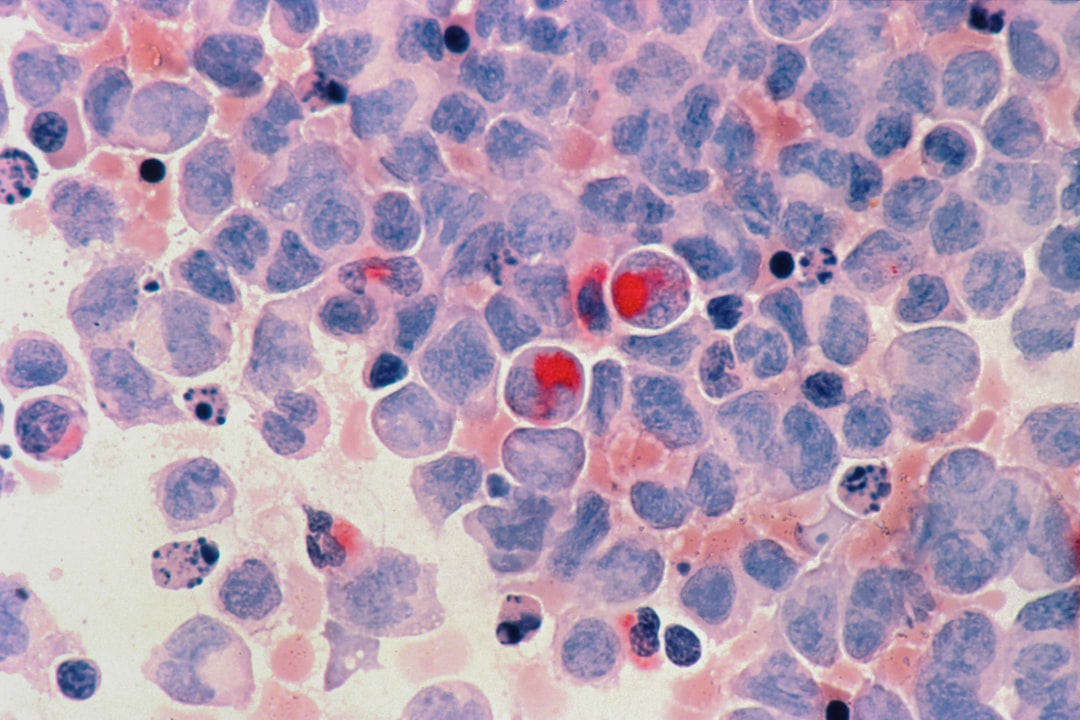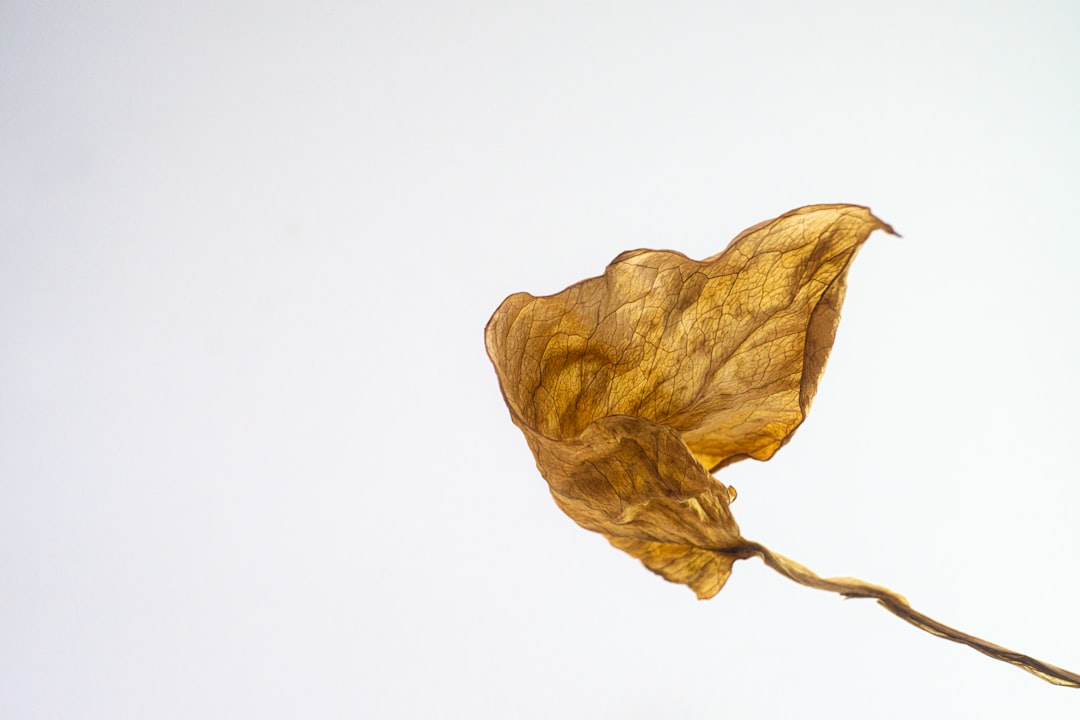What is it about?
During sexual reproduction the equivalent chromosomes originally inherited from mother and father have to find each other and pair up in order to be correctly segregated into healthy sex cells (gametes). To achieve this chromosomes are actively moved around in the cell. Like in mammals these chromosome movements depend on microtubules (one of the motor proteins in cells) in the fission yeast, Schizosaccharomyces pombe. Here we study the response of the chromosome movements of fission yeast to environmental stresses such as ionizing irradiation and reactive oxygen species. We show that the chromosome movements themselves are resistant to radiation, but that the exposure of fission yeast cells undergoing sexual reproduction induced irreparable DNA damage causing chromosome fragmentation, missegregation which resulted in gamete death.
Featured Image
Why is it important?
This study explores the consequences of environmental stress on the fundamental and essential biological processes meiosis and gamete formation using the model organism Schizosaccharomyces pombe.
Perspectives
This story started in 2013 when Harry Scherthan and I met at the EMBO Conference on Meiosis in Dresden, Germany. His lab had just published their nice story on how reactive oxygen species (ROS) produced during X-irradiation of budding yeast (Saccharomyces cerevisiae) nuclei during meiosis affect actin-driven chromosome movement (http:// dx.doi.org/10.1073/pnas.1306324110). Because my model organism, fission yeast (Schizosaccharomyces pombe), performs meiotic chromosome movements using microtubules rather than the actin cytoskeleton, he suggested to collaborate in order to test whether microtubule-led chromosome movements during meiosis behave differently from actin driven ones when put under stress by ROS and X-irradiation. So I constructed fission yeast strains containing GFP-tagged microtubules and a GFP-tagged marker for meiosis (Rec8). Meanwhile the Scherthan lab set up protocols for live cell imaging of these fission yeast strains. After the initial preparations being completed, we designed a set of experiments to test chromosome mobility and reproductive success of cells being X-irradiated or as a positive control treated with hydrogen peroxide. The results of this study are summarized above, and details can be found in our research article (http://dx.doi.org/10.1038/srep24222). Recently, we decided to continue our collaboration to dissect the physiological and genetic parameters of meiotic chromosome movement in budding and fission yeast in more detail.
Dr Alexander Lorenz
University of Aberdeen
Read the Original
This page is a summary of: Meiotic chromosome mobility in fission yeast is resistant to environmental stress, Scientific Reports, April 2016, Nature,
DOI: 10.1038/srep24222.
You can read the full text:
Contributors
The following have contributed to this page










